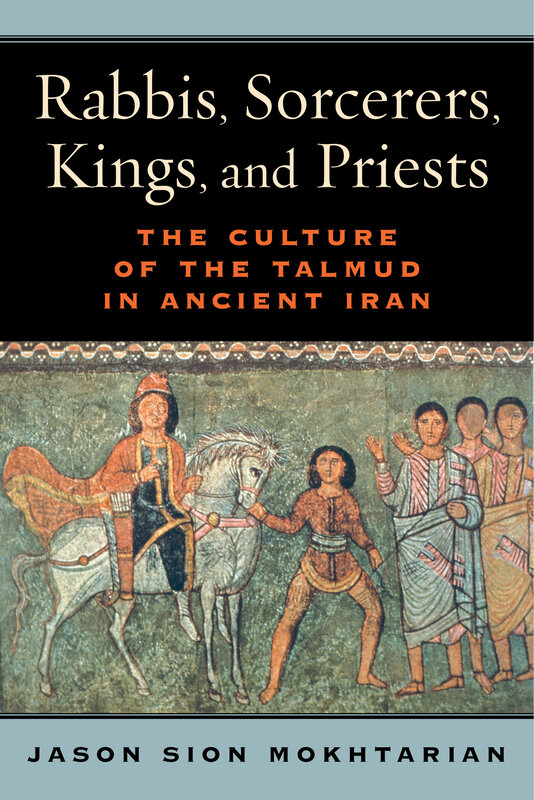
Medicine in the Talmud: Natural and Supernatural Therapies between Magic and Science (University of California Press, 2022)
From the inside flap: Despite the Talmud being the richest repository of medical remedies in ancient Judaism, this important strain of Jewish thought has been largely ignored—even as the study of ancient medicine has exploded in recent years. In a comprehensive study of this topic, Jason Sion Mokhtarian recuperates this obscure genre of Talmudic text, which has been marginalized in the Jewish tradition since the Middle Ages, to reveal the unexpected depth of the rabbis’ medical knowledge. Medicine in the Talmud argues that these therapies represent a form of rabbinic scientific rationality that relied on human observation and the use of nature while downplaying the role of God and the Torah in health and illness. Drawing from a wide range of both Jewish and Sasanian sources—from the Bible, the Talmud, and Maimonides to texts written in Akkadian, Syriac, and Mandaic, as well as the incantation bowls—Mokhtarian offers rare insight into how the rabbis of late antique Babylonia adapted the medical knowledge of their time to address the needs of their community. In the process, he narrates an untold chapter in the history of ancient medicine. |

Rabbis, Sorcerers, Kings, and Priests: The Culture of the Talmud in Ancient Iran (University of California Press, 2015) Read an excerpt: Chapter 2 Available for purchase at Amazon Preview available on google books Available on Project Muse From the inside flap: Rabbis, Sorcerers, Kings, and Priests examines the impact of the Persian-Sasanian context on the Babylonian Talmud, perhaps the most important corpus in the Jewish sacred canon. What impact did the Persian Zoroastrian Empire, as both a real historical force and an imaginary interlocutor, have on rabbinic identity and authority as expressed in the Talmud? Drawing from the field of comparative religion, Jason Sion Mokhtarian addresses this question by juxtaposing Talmudic studies and ancient Iranology, two historically distinct disciplines. Whereas most research on the Talmud assumes that the rabbis were an insular group isolated within their academies, this book contextualizes them and the Talmud within a broader sociocultural orbit by drawing from a wide range of sources from Sasanian Iran, including Middle Persian Zoroastrian literature, archaeological data such as seals and inscriptions, and the Aramaic magical bowl spells. Mokhtarian also includes a detailed examination of the Talmud's dozens of texts that portray three Persian "others": the Persians, the Sasanian kings, and the Zoroastrian priests. This book skillfully engages and demonstrates the rich penetration of Persian imperial society and culture on the Jews of late antique Iran. |